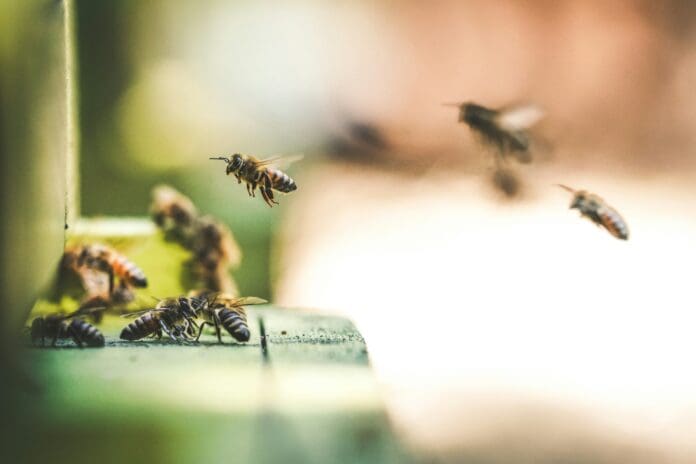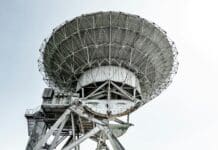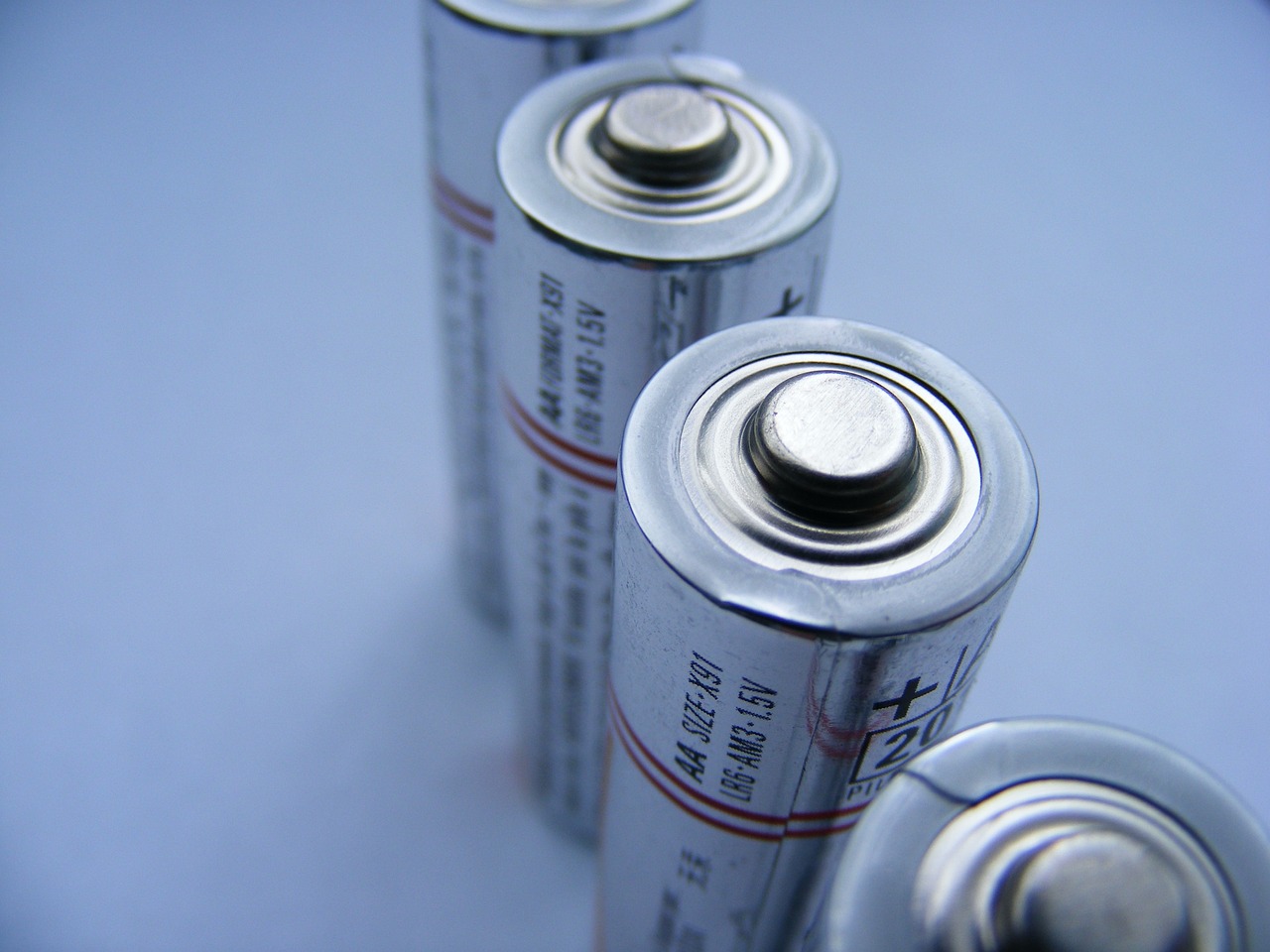This post is also available in:
 עברית (Hebrew)
עברית (Hebrew)
In a notable advance for bio-integrated technology, researchers in China have developed an ultralight piezoelectric energy harvester (PEH) that captures electricity from the natural wing vibrations of bees, without impairing their ability to fly. This miniature device, weighing just 46 milligrams, marks a step forward in powering insect-scale robotics and biohybrid systems without relying on traditional batteries.
Designed by scientists from the Beijing Institute of Technology and Sun Yat-sen University, the PEH is tailored to operate at the bees’ thorax vibration frequency of 210–220 Hz. By tuning the device’s resonant frequency and optimizing its center of gravity, the team was able to generate a peak output of 5.66 volts and a power density of 1.27 milliwatts per cubic centimeter. Crucially, these figures were achieved without disrupting the bees’ natural flight, even during agile maneuvers such as flips or hovers, according to Interesting Engineering.
The harvester uses polyvinylidene fluoride (PVDF), a flexible piezoelectric material, arranged in a double-crystal configuration to enhance energy conversion efficiency. The structure is assembled using laser-cut copper components bonded with conductive adhesive, then formed into shape using precision 3D-printed molds.
Flight behavior remained virtually unchanged during testing, as confirmed by high-speed CMOS cameras, which recorded how quickly bees recovered from flips and maintained stable flight. Simulations conducted in Comsol further validated the design’s predicted outputs in voltage and displacement.
This breakthrough contributes to a growing field focused on energy harvesting from biological motion, especially for micro air vehicles and insect-machine hybrids. The ability to generate power on board, without hindering performance, could eliminate the need for bulky batteries and extend operational lifespans of such systems.
Despite the success, the researchers acknowledge that challenges remain, particularly in energy storage and scaling the technology for broader use. Future work will aim to integrate energy management electronics and adapt the design to other insect species like dragonflies or butterflies, moving closer to standardized solutions for biohybrid energy systems.


























